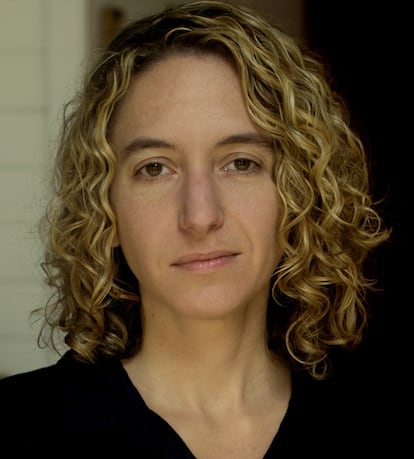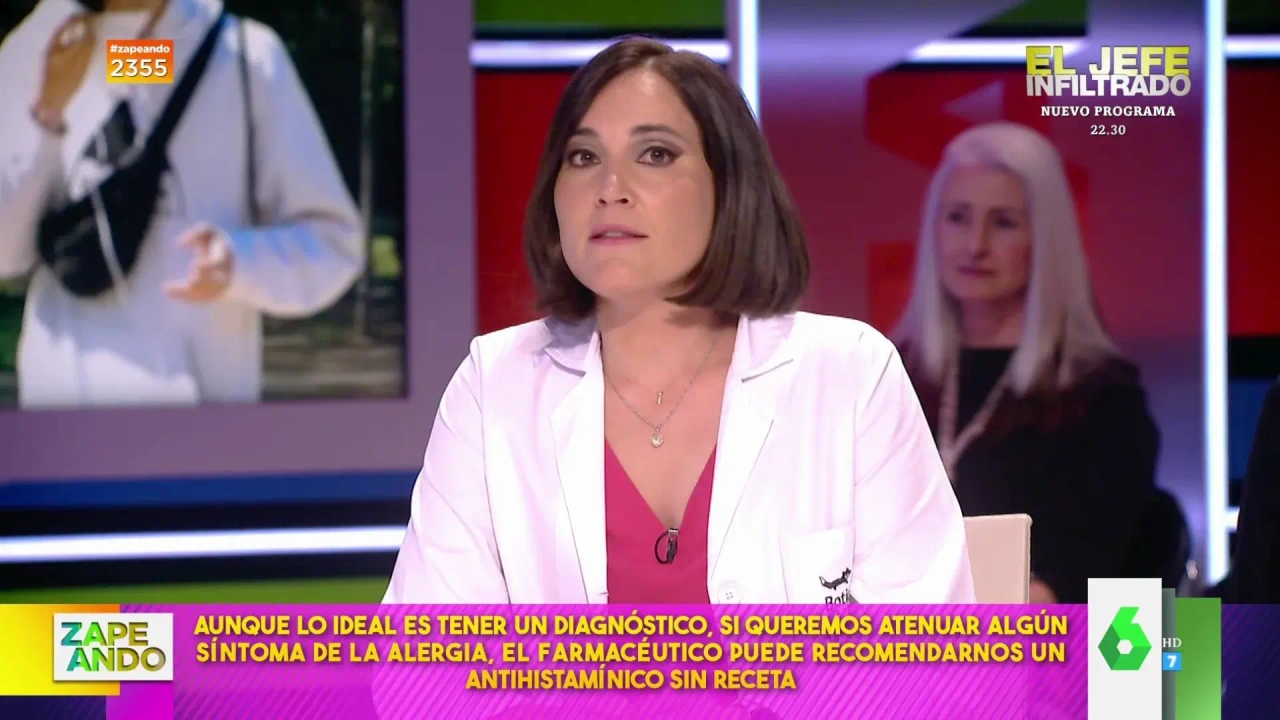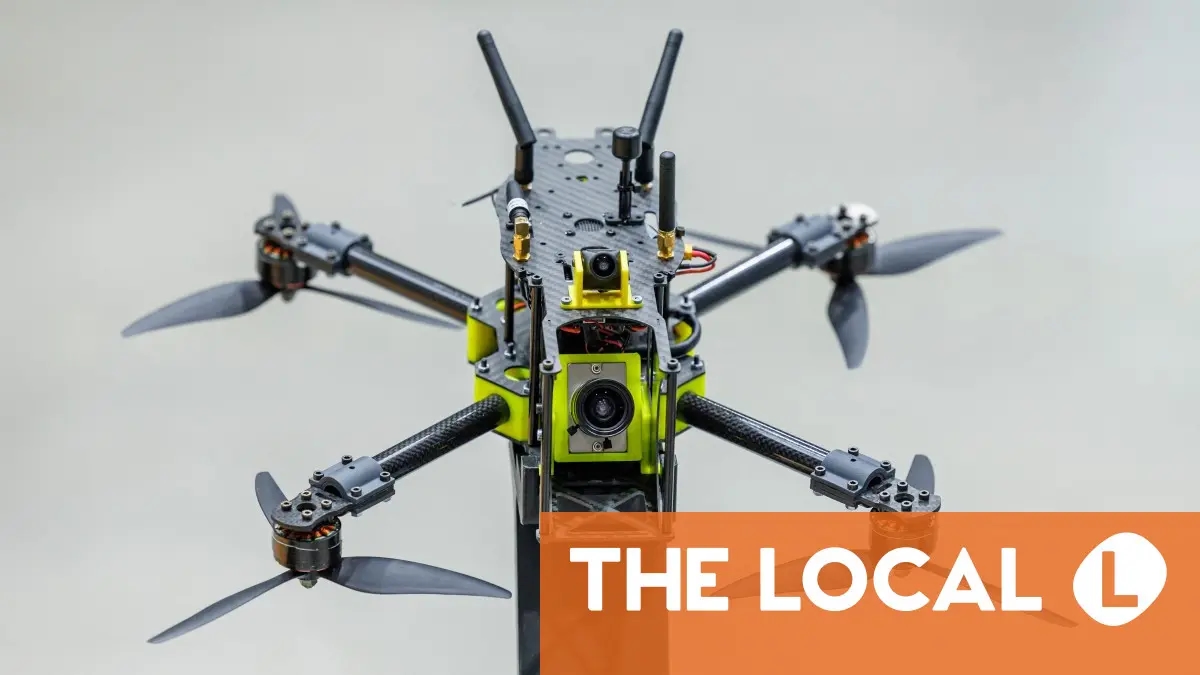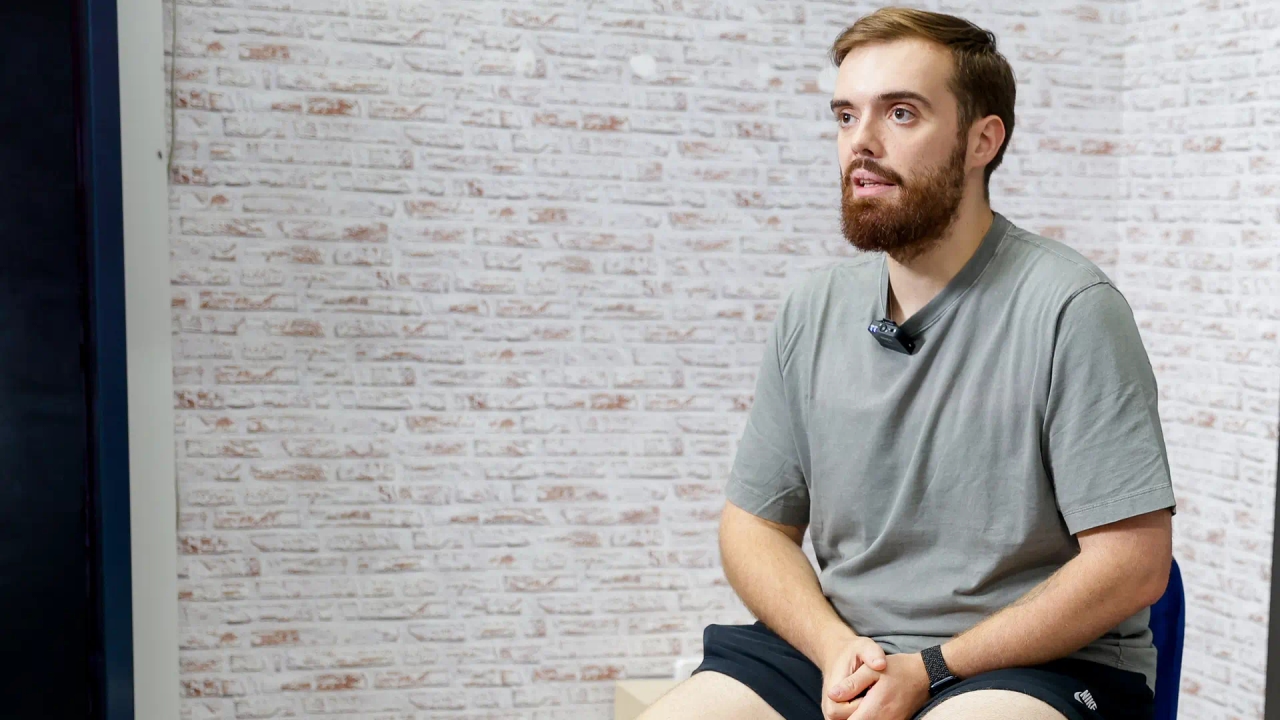Kathryn Schulz, writer: “The erosion of trust in science is because people don't like being patronized.”

Kathryn Schulz (Ohio, USA, 51) was discussing politics at a dinner party with friends in Portland when someone commented: none of that will matter when the earthquake hits. “What earthquake? What are you talking about?” They explained to me that there was a significant risk of a major earthquake in the Pacific Northwest , which interested me from a scientific perspective, but also because I’m a journalist. I read a lot of news, I’m interested in geology, I’d lived there, and I’d never heard of this, which was a problem. Because if I didn’t know about it, many people didn’t either. And it’s obviously an urgent risk,” Schulz recounts over a video call.
The area he's referring to is the Cascadia subduction zone, a geological fault north of the San Andreas, but much less known despite the fact that it could trigger a more devastating earthquake: four minutes in which it could reach 9.2 on the Richter scale. A major earthquake, similar to the one that devastated northern Japan in 2011. Fifteen minutes later, a massive tsunami would hit. The zone runs 1,100 kilometers parallel to the coast: it begins at Cape Mendocino, California, crosses Oregon, Washington, and ends at Vancouver Island, Canada. The area is home to more than seven million people and includes the cities of Portland, Olympia, and Seattle. However, the Cascadia fault is somewhat unusual because its recurrence interval, the average number of years that pass between one earthquake and the next, is long, 243 years, long enough "for an entire civilization to develop, unknowingly, on the most dangerous fault on our continent." The Great Earthquake won the Pulitzer Prize in 2016 and is now published in Spanish (Libros del Asteroide).
Question: In the book, you say we're facing the worst natural disaster in North American history—it could cause more than 13,000 deaths and a million displaced people—but until forty years ago, no one knew the fault had caused a major earthquake.
Answer: Our understanding of the Cascadia subduction zone, even its existence, came very late compared to most earthquake-prone areas. It was known before there were written records why earthquakes occur, so Cascadia is a very unusual region. Scientific awareness began in the 1970s; by the 1990s, there was already a lot of information. The probability of a very large earthquake occurring in the next fifty years is 30%; that of "the big one," about 10%. I'm asked how I found a story that no one knew about. I'd be remiss not to acknowledge my colleagues in local and regional newspapers, radio and television stations. Of course, politicians and concerned citizens as well. But it's funny how sometimes critical mass isn't reached, and other times it is. I just happened to be in the right place at the right time.
Q. In the days after you published the article , the same number of earthquake emergency kits were sold as in a month . Two weeks later, you published another: How to Stay Safe When the Big One Hits .
A. The reaction was incredible; I'd never experienced anything like that as a journalist. It was very gratifying because, to a certain extent, it was public service journalism: you want people to go out and buy emergency kits, reinforce their homes, make safety plans with their families...
But I was surprised that the primary reaction was simply fear. Even though I'd researched the science and was very clear about the severity of the problem, I didn't interact with it as something "incredibly scary." And that's part of the reason I wrote the second article, because fear is both highly motivating and, in some ways, unhelpful. I think the report increased, at least on a personal level—on a social level, it's a different story—a real awareness like that of those who live in tornado or hurricane zones.

Q. Did they try to discredit you or the science on which you based your report?
A. Surprisingly not, except for one crazy attempt. Someone wrote to the editors at The New Yorker telling them there was a fatal error in the story, but they were just snooping; they knew nothing. The legal and fact-checking departments acted, and that was that. The scientific basis was very solid, and the scientists I spoke to had been working on this topic for decades. There are always new things to understand, but this isn't a cutting-edge field; I wasn't writing about CAR-T therapy for rare cancers .
On a political level, the most incendiary and provocative statement was made by Ken Murphy, then head of the Federal Emergency Management Agency for the region, who said that everything west of I-5 was going to be " toasted "—devastated. Murphy was about to retire; there's no better source: they have nothing to lose, they're going to tell the truth about their experiences and feelings, and they're not trying to curry favor with anyone. He was a senior official about to leave, and he didn't care. There was some commotion, but the fact-checking department is very scrupulous. That's important because if one part is discredited because of a small, stupid mistake, the whole edifice collapses. There was a lot of noise, but no pressure or scandal.
Q. Ten years have passed, and we humans tend to forget easily. What's your perception of traveling there?
A. That's true, it's very human, but I think, in a good way, it has been that way, and awareness of earthquake risk has become a stable part of the reality of life in the Pacific Northwest. Do people talk about it constantly? No. Are they terrified? Thank goodness, no. But I think there's an ongoing debate, started by schools incorporating earthquake plans like other regions do tornado drills. It's become much more of an everyday thing. Again, that's the work of a lot of people, not me. There are tons of neighborhood associations that get together to make plans, look out for their neighbors…
Q. And in the political arena? Two years ago, the National Science Foundation awarded $15 million to create the Cascadia Regional Earthquake Science Center .
A. That was a later development, but there have been other truly encouraging ones before that. One of the most important is that we finally have an earthquake early warning system in most of the Pacific Northwest. We thought: what can be done 30 seconds in advance? The answer is everything: opening fire station doors so emergency vehicles can get out, halting surgeries, opening elevator doors… Actions that save lives. It's incredibly important and, in the context of safety measures, not that exorbitantly expensive.
Q: “The brevity of our lives generates a certain kind of temporal provincialism, an ignorance or indifference toward those planetary gears that move more slowly than ours.” You speak of a natural disaster, but also of the scale of human life amidst other phenomena, how we contemplate and prepare for the future.
A. Exactly. It's part of the reason I wanted to write this story. There were two things motivating me. For one thing, the scale. It's an existential, emotional, social, and political problem: we are finite beings in a basically infinite universe. And that's a problem—there are so many things we don't see or understand. I have two young children, and of course, sometimes it's hard to know what I'm going to do tomorrow, let alone think about what will happen in 200 years! But this book has always been a small metaphor for climate change. It's about the same fundamental problem: we've built an entire society and economy on top of a problem we didn't know existed. How do we fix it or reverse it? What do we do about it?
Q: “The area […] now poses a danger because we are unable to think deeply enough about the future.” How do you relate this idea to the current political situation in the United States, and specifically to the discrediting of its scientific system ?
A. It's an incredible crisis; I don't even know where to begin to outline its magnitude. I'm cautiously optimistic and think this is a relatively brief moment in our history, but damage is being done at every level that will last for generations: disrupting studies that have been ongoing for years, wasting millions of dollars in research that could have yielded crucial insights in everything from human health to climate change. I never thought I'd live to see a brain drain in my country. It's heartbreaking; the levels of disruption are unfathomable. But I understand why there is skepticism about science at some levels. We mishandled the pandemic response, and it's hard to preach that science should be trusted and then learn that scientists were understandably groping in the dark about an entirely new threat but acting as if they had all the answers when they didn't. And some of these initial responses were wrong.
Q. But when it comes to issues as complex as climate change, the pandemic, or earthquake prevention, do we demand a simplicity and speed that science can't provide?
A. I think part of the erosion of trust in science was due to that slightly patronizing sense of "we know better, trust us," rather than "it's complicated, it's what we think now, we're trying to figure it out." A more nuanced conversation would probably have been better received. People don't like being patronized, especially when they feel it was all just a ruse and a mask.
Now, I think this country is deeply marked by a widespread lack of trust between one another, which is probably the real crisis. Scientific institutions can withstand many ups and downs and changes of opinion in a healthier society. We've experienced countless changes of opinion on cholesterol, for example, and many other issues, without eroding the status of science in this country. Now it has. I think it highlights much deeper divisions among us.
EL PAÍS




%3Aformat(jpg)%3Aquality(99)%3Awatermark(f.elconfidencial.com%2Ffile%2Fbae%2Feea%2Ffde%2Fbaeeeafde1b3229287b0c008f7602058.png%2C0%2C275%2C1)%2Ff.elconfidencial.com%2Foriginal%2F99e%2Fe92%2F595%2F99ee92595dc8484d20eaf76f014d2d21.jpg&w=1280&q=100)
